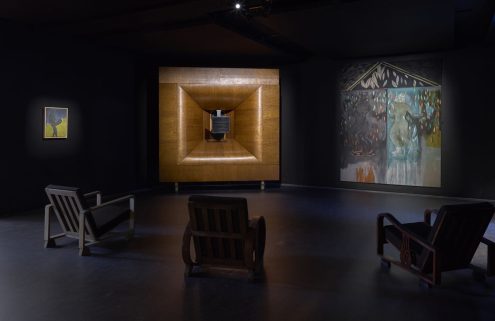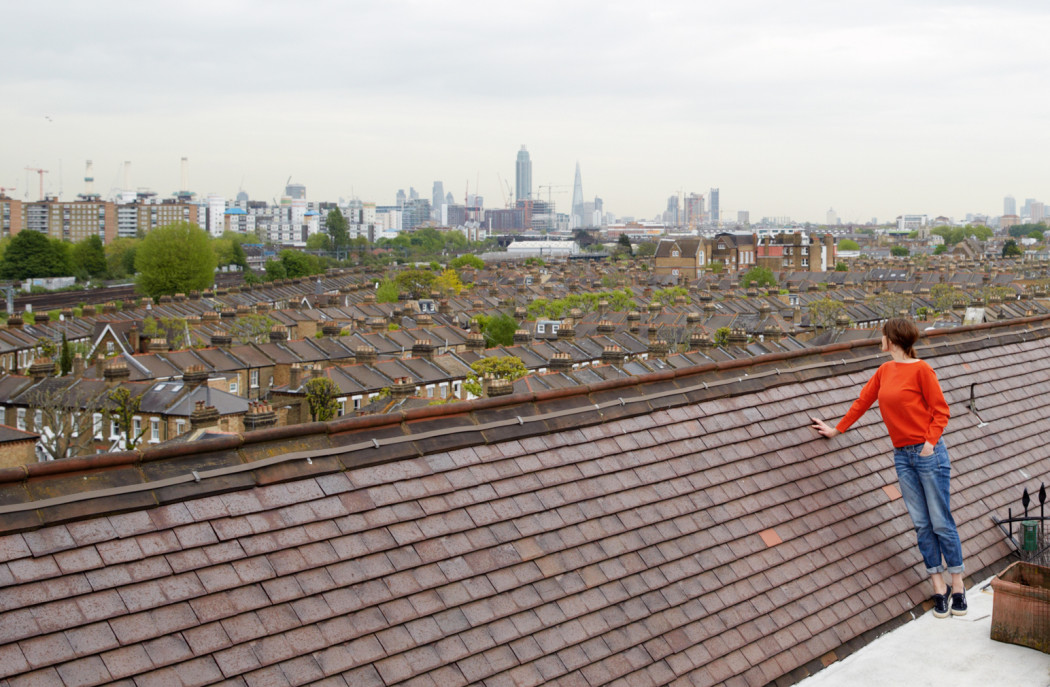
Gemma Arterton. Photography: Robin Friend
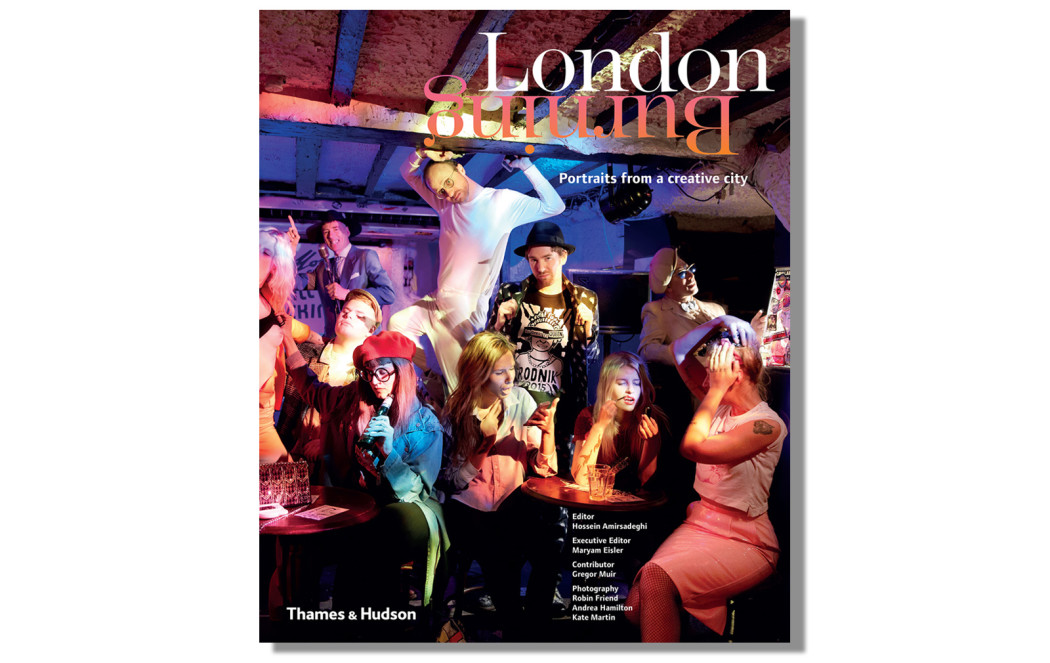
The book brings together interviews with over 100 London creatives
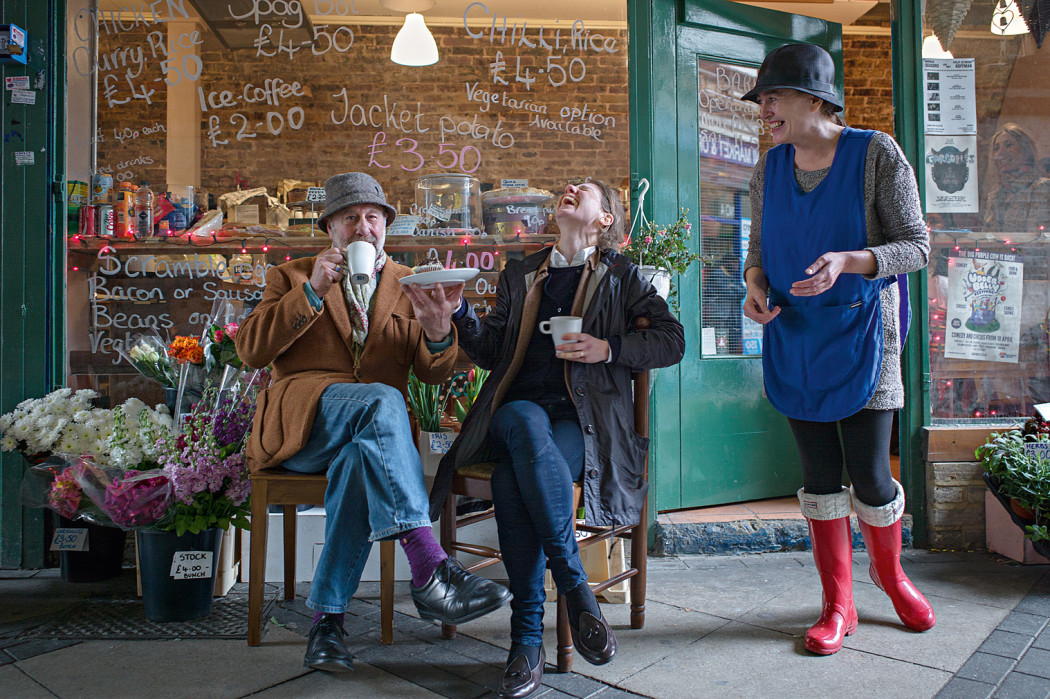
Peckham café owner Barry Jenkins with gallerist Hannah Barry and barista Samantha Charles. Photography: Andrea Hamilton
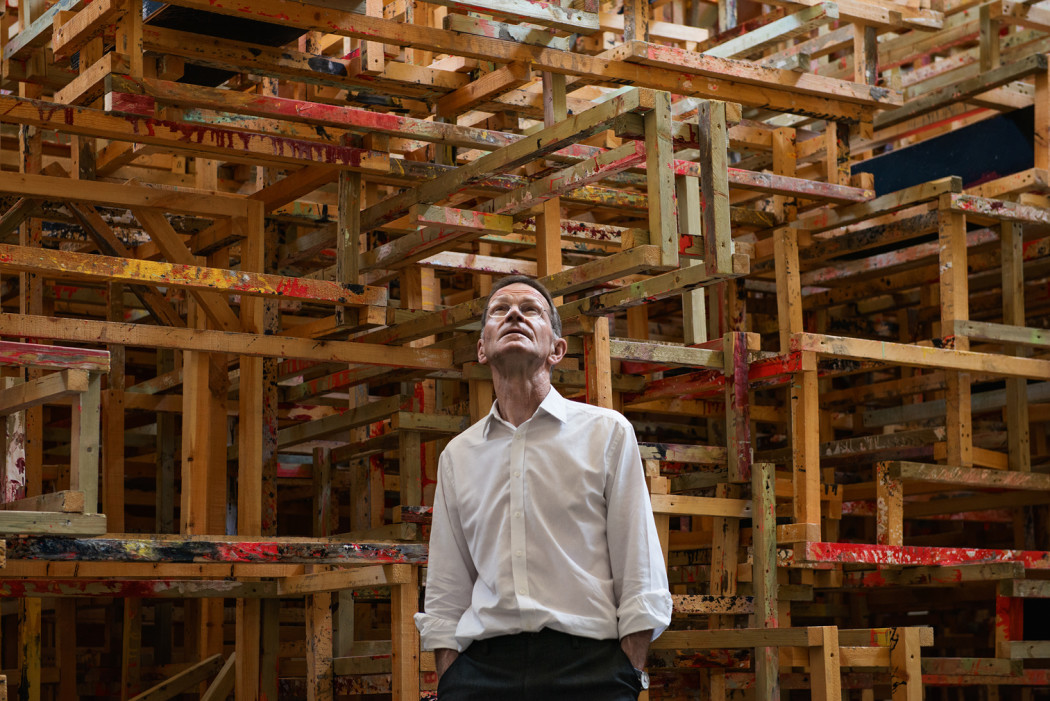
Tate Director, Sir Nicholas Serota. Photography: Andrea Hamilton
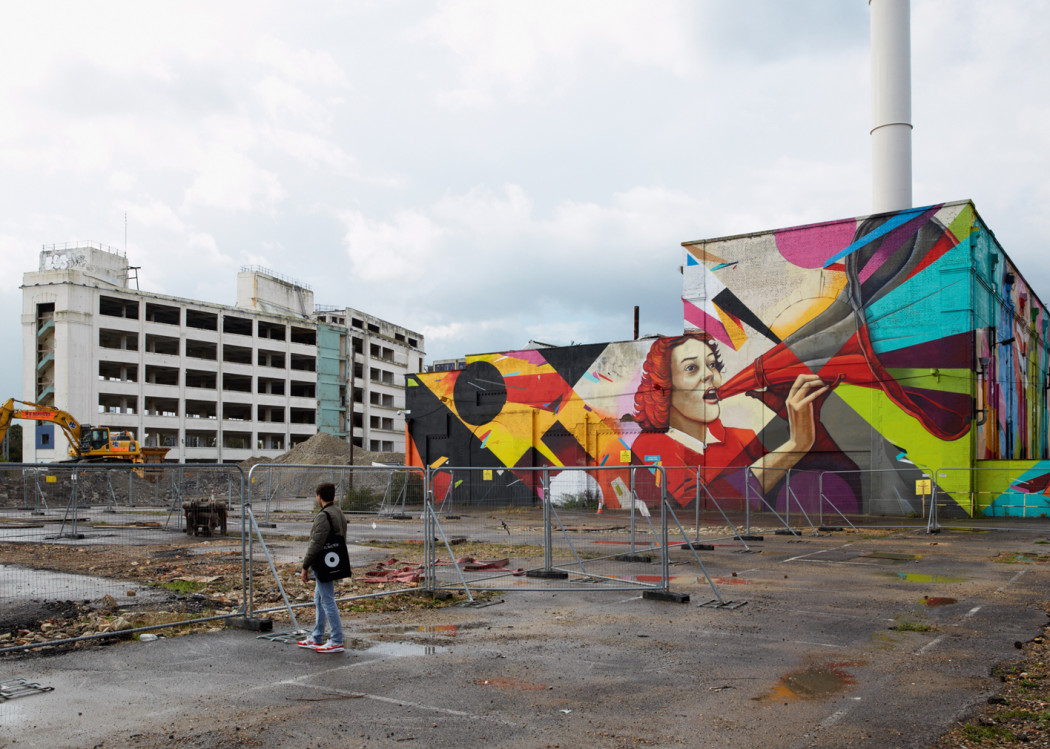
Sean Bidder, creative director of The Vinyl Factory. Photography: Robin Friend
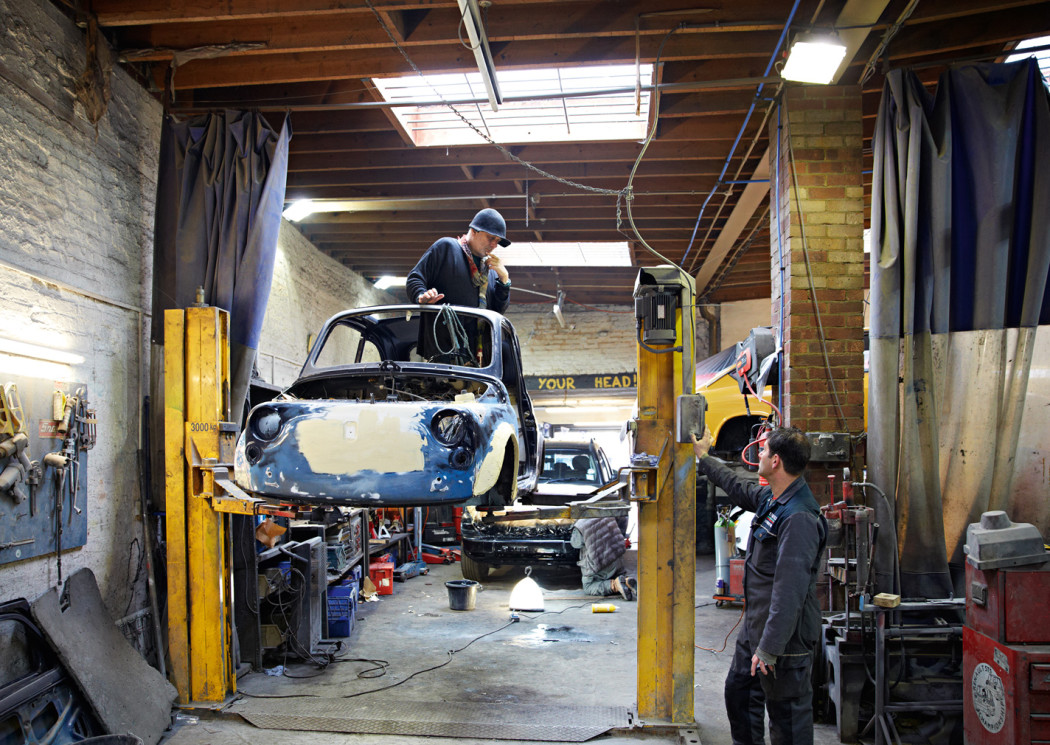
Designer, Ron Arad. Photography: Robin Friend
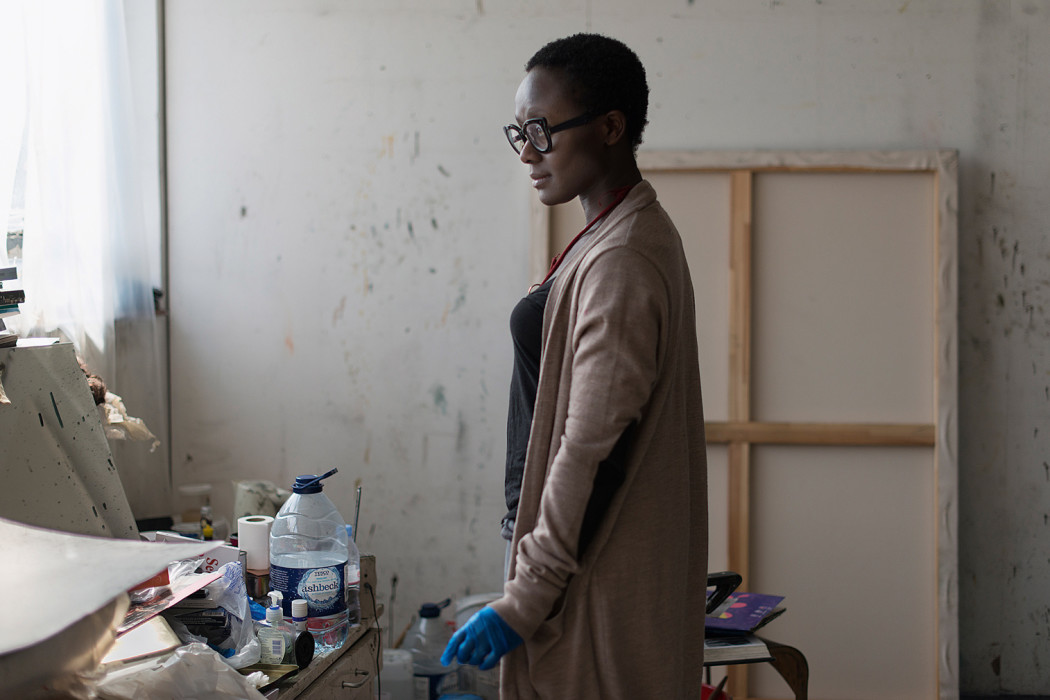
Artist Lynette Yiadom Boakye. Photography: Andrea Hamilton
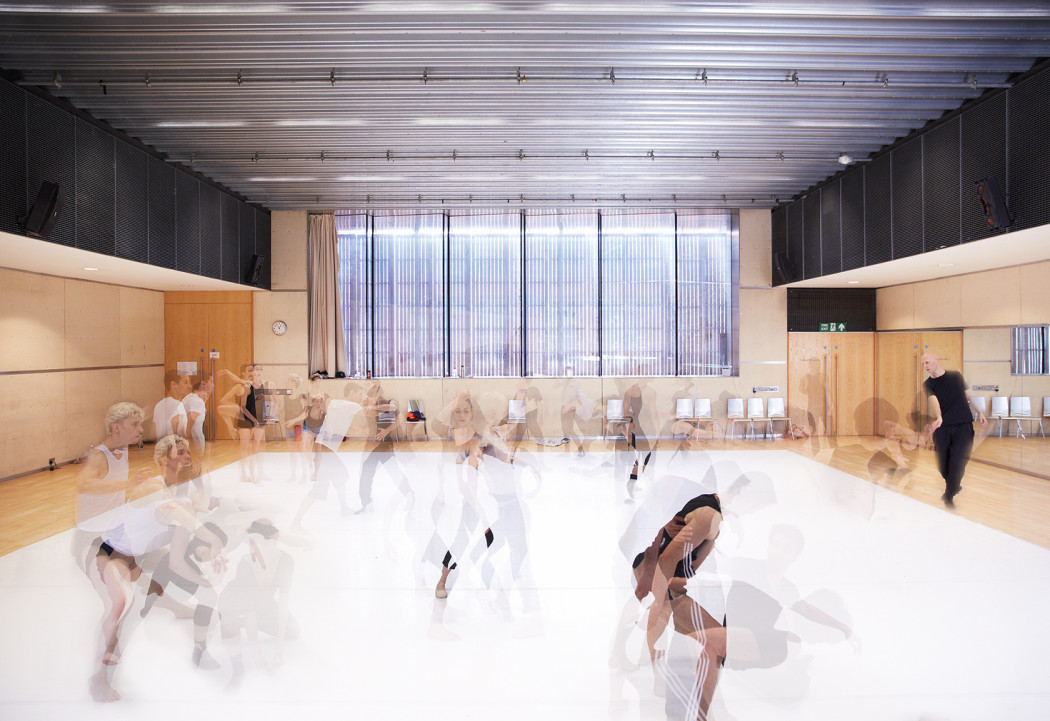
Choreographer Wayne McGregor works his own troupe, together with dancers from the Paris Opera Ballet in rehearsal for Tree of Codes. Photography: Robin Friend
The ICA’s launch party for London Burning – Hossein Amirsadeghi’s glossy portrait of the capital’s creative community – may have pulsed with cocktails, cheekbones and crab ‘n’ chip canapés last night, but in the auditorium above, a more sober exchange marked the book’s publication.
‘This is a great city, but the future is troubling,’ declared Amirsadeghi. ‘From here on in I see nothing but decline.’
The author was speaking at a talk on ‘London’s Creative Conundrum’, chaired by Munira Mirza, Deputy Mayor for Education and Culture, who noted that in the next five years the city could lose a third of its studio spaces. ‘Creativity is a very important part of London’s brand,’ she said. ‘Are we at risk of losing it?’
Mirza was joined on stage by representatives of London’s creative scene – Matthew Freud of Freud Communications, Gregor Muir the executive director of the ICA, and architect Ole Scheeren.
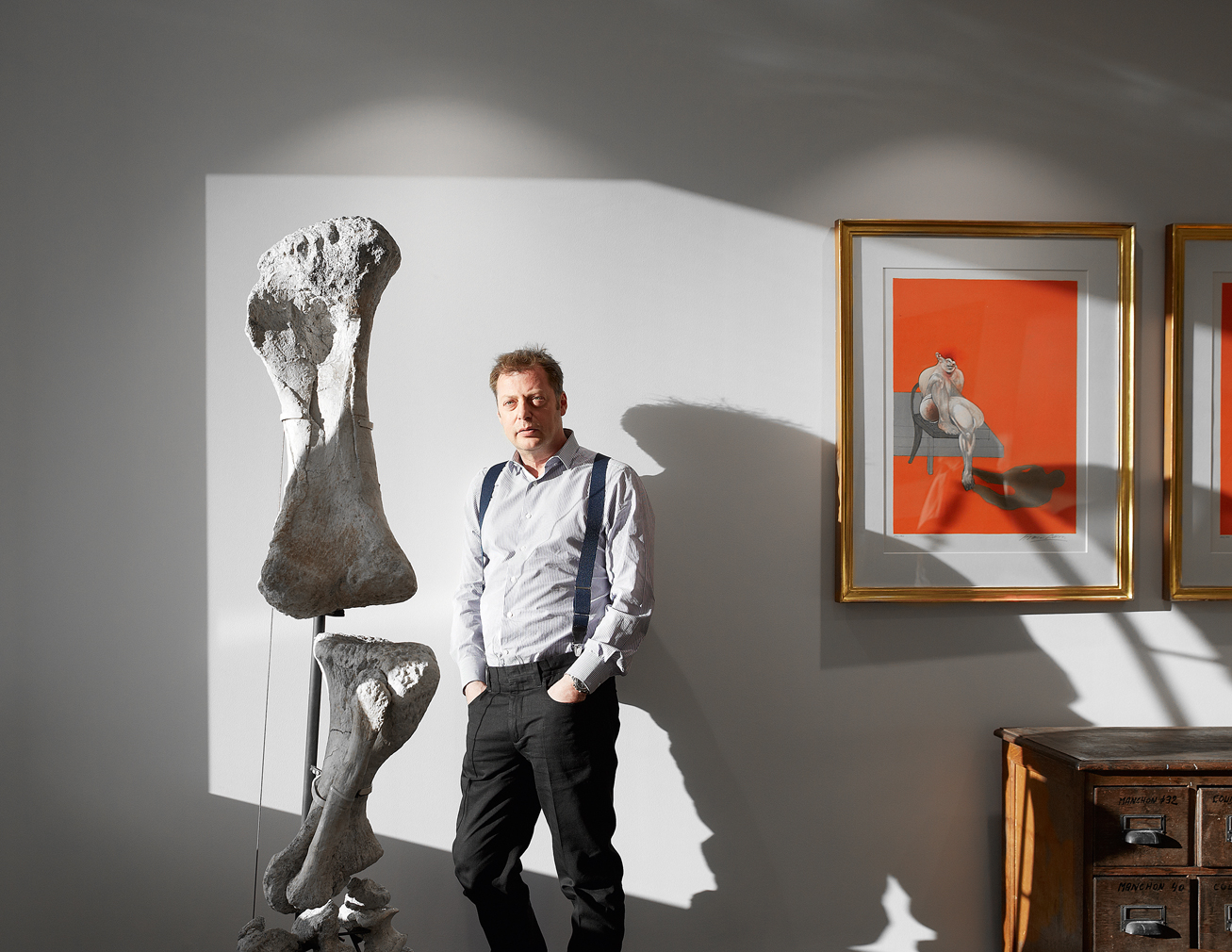
Freud drew on his experience opening the fabled (if ill-fated) Pharmacy restaurant with Damien Hirst on a strip of Notting Hill then populated by charity shops, suggesting that ‘cycles of creative development quite often emerge out of urban decline – where there’s vacant space creativity grabs that opportunity.’
But Freud called for official intervention to maintain balance in London’s communities. ‘It does take some enlightened government initiative to ensure that pounds per square foot isn’t the only criteria by which we judge the city – what makes London special isn’t the property prices, it’s the footprints of creativity.’
Gregor Muir counselled that economic downturns do not presage positive times for the arts. ‘In the late 1980s and early 90s there was a crash in the property market and it was extremely easy for creative people to have access to space. What happened in 2008 was almost the opposite. London made that leap to being the most expensive city in the world.’
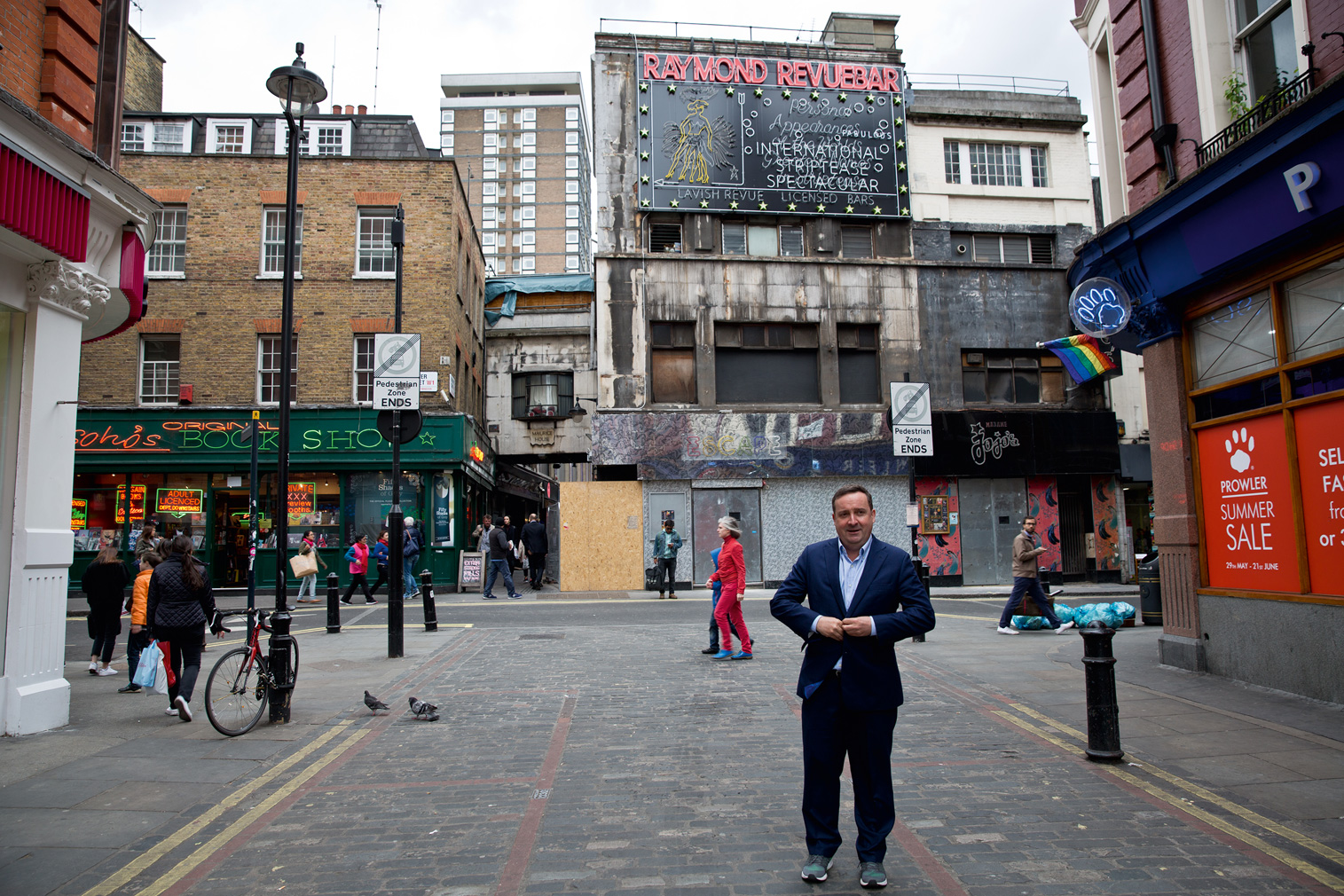
He and Mirza agreed that there were diverging interests even within the cultural sector. London may now be home to some of the world’s ‘mega galleries’, but was there ‘a connection between artists on the ground and those galleries?’ ‘Not necessarily,’ he concluded. ‘They’re not talking.’
Berlin was cited repeatedly as the new alternative for artists – a city where warehouses and crumbling industrial spaces are in abundance. Mirza quipped that it had become a ‘creative suburb of London’.
Sheeren called Berlin a ‘black hole’ that you can ‘disappear in’, describing that as key to its appeal. ‘As an architect it’s difficult because we always think about improving things, but maybe when the spaces have gone that you can disappear into in a city, that’s part of the crisis.’
London Burning: Portraits from a Creative City, edited by Hossein Amirsadeghi and published by Thames & Hudson, on 19 October 2015

